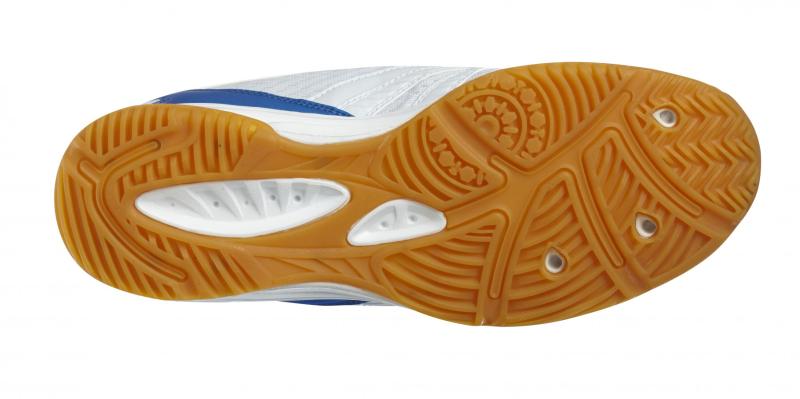The sole material of any footwear plays a very crucial role in determining various factors like cushioning, traction, flexibility, durability and performance. Depending on the end use, various materials are used by footwear brands for developing soles.
Rubber Soles
Rubber is one of the oldest and most widely used materials for footwear soles due to its excellent grip, flexibility and durability properties. Natural rubber is sourced from rubber trees while synthetic rubbers like SBR (Styrene-Butadiene Rubber) are produced through polymerization of styrene and butadiene.
Advantages of rubber soles include high traction on both dry and wet surfaces, flexibility for enhanced mobility, resistance to abrasion and long product life. Various compounds of natural and synthetic rubbers are used by companies to develop soles for applications ranging from casual and athletic footwear to industrial boots and slippers. The bouncing nature of rubber soles also provides cushioning comfort during movements.
Polyurethane Soles
Over the last few decades, polyurethane has emerged as one of the favored Footwear Sole Materials, especially for performance and sports categories. It offers shock absorption qualities superior to rubber along with lightweight construction. Polyurethane soles are manufactured by reacting polyols with diisocyanates to form a polymer with elastomeric properties.
Some key advantages of polyurethane soles include enhanced cushioning comfort, energy return with each step for improved performance, durability to withstand high impacts and longevity. Advanced compounds provide optimum flexibility, traction and water resistance. Polyurethane soles have become extremely popular in running shoes, basketball shoes, football boots and other athletic activities involving frequent jumping and sudden movements.
EVA Foam Soles
Ethylene-vinyl acetate (EVA) foam, also known as ethylene-vinyl acetate copolymer, is a lightweight, durable and resilient raw material commonly used in midsoles and outsoles. EVA foam soles offer cushioning qualities through uniform compression under pressure. They are created by introducing air into EVA pellets through an extrusion process to form the lightweight and cushioned foam structure.
Some key properties of EVA foam soles include shock absorption without compromising on ground feel, long product life through repeated compressions and rebounds, cushioning comfort for daily as well as athletic activities. Advanced EVA formulations enhance durability, flexibility, resilience and traction required for different footwear applications.
Leather Soles
While most modern performance shoes do not use full leather soles anymore due to weight and flexibility limitations, leather continues to feature extensively in luxury and formal footwear segments. Types of leather commonly used for soles include top-grain cowhide, full-grain pigskin and splits. Hand-sewn leather soles impart an aesthetic appeal and heritage value to formal oxford shoes, brogues, boots and dress shoes. Though heavier than synthetic materials, leather soles gain character and patina with use over time. Proper leather conditioning protects the soles and extends their lifespan considerably.
Thermoplastic Polyurethane Soles
Thermoplastic polyurethane (TPU) soles provide properties similar to rubber soles but with enhanced durability, cut and chemical resistance compared to conventional polyurethane. TPU soles are created by thermally processing polyurethane in pellet or powder form to obtain the desired sole material. Some key advantages of TPU soles include high tensile strength for long-lasting wear, flexibility in all temperatures, excellent abrasion resistance and retained properties after flexing millions of times. Advanced TPU compounds deliver lightweight construction, slip resistance, cushioning comfort and traction required for athletic shoes, casual and dress footwear. Their compression-set properties maintain the cushioning profile for the lifetime of the sole.
Other Materials
Besides the above mentioned categories, some other specialized sole materials finding niche applications include natural and synthetic materials like grass, cork, jute, thermoplastic rubber, carbon fiber, wood, silicone and blown rubber. Each brings their unique attributes of lightweightness, durability, flexibility, abrasion resistance and cushioning suited for various occupational, industrial, orthotic and luxury footwear segments. Constant innovation also leads to advanced composite materials amalgamating properties of traditional materials in optimized formulations.
*Note:
1. Source: Coherent Market Insights, Public sources, Desk research
2. We have leveraged AI tools to mine information and compile it

